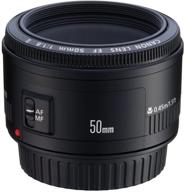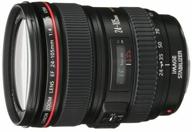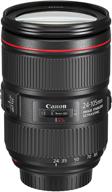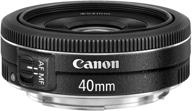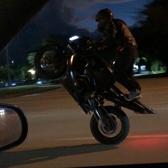
Review on 📸 Canon EF 2.0X III Telephoto Extender - Enhancing Canon Super Telephoto Lens Capability by Andrew Aldana

Awarded 70-200 f/2.8 even better on IS II
I paired it with my 70-200mm f/2.8 IS II because spring for 300mm or 400mm lens. I'm very happy with it and have to say that with a quality lens like the 70-200/2.8 IS II there is almost no loss of functionality. Yes, you're missing two stops, but getting 400mm f/5.6 isn't bad at all, and the IS II's 4-stop Image Stabilization certainly helps a lot. And nowadays, when it's possible to shoot at high ISOs without much noise (like the 5D3), getting sharp daytime shots at 1/500s or faster is no problem. but it's not noticeable at all unless you're looking at the pixels seriously. It's only at 100% crop that you see the difference, and the gain from the extra focal length far outweighs the slight loss in image quality. You also get slower autofocus, again due to the reduced effective aperture size (less light). through, making it harder for your camera to determine focus). The 70-200/2.8 IS II has a very fast autofocus, so slowing down isn't too bad. With slower autofocus lenses (e.g. if you're using this extender for macro photography, such as the 180mm F/3.5L Macro), autofocus is all but impossible, and you might be better off if you can use manual focus at any time. You can't use all the focus points you're used to, as you can only use points that respond at f/5.6 or slower with an F/2.8 lens. On 5D3 this means just the central rectangle of dots (roughly 21 cross dots). The 1DS3 and 1DX give you a bit more focus at f/5.6. And on cheaper cameras, you can only use the center AF point. With slower lenses like f/4 or slower, you may be limited to manual focus. For this reason I really recommend only using the 2x extender on an f/2.8 lens. For slower lenses it is better to use a 1.4x extender. The 2X Extender's compact size and relatively light weight make it a must-have for taking my 70-200 outside. It also gives me the option to have a 70-200/2.8 or 140-400/5.6 lens whenever I want. It is especially useful for photographing wildlife (especially birds and other animals) and sports when shooting during the day. For more serious shooting or in low light you'll need a 300/2.8 or 400/2.8, which are prohibitively expensive unless you use it regularly for your full-time job.
- handy
- alt



